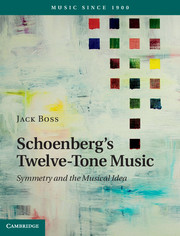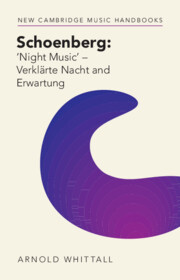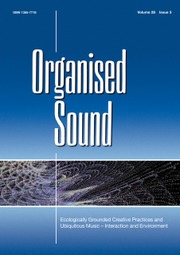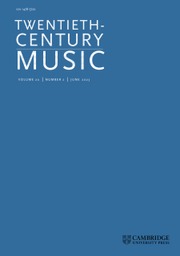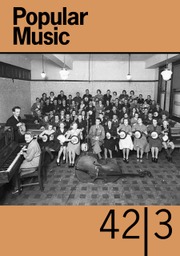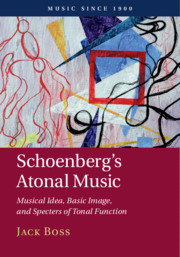Schoenberg's Twelve-Tone Music
Jack Boss takes a unique approach to analyzing Arnold Schoenberg's twelve-tone music, adapting the composer's notion of a 'musical idea' - problem, elaboration, solution - as a framework and focusing on the large-scale coherence of the whole piece. The book begins by defining 'musical idea' as a large, overarching process involving conflict between musical elements or situations, elaboration of that conflict, and resolution, and examines how such conflicts often involve symmetrical pitch and interval shapes that are obscured in some way. Containing close analytical readings of a large number of Schoenberg's key twelve-tone works, including Moses und Aron, the Suite for Piano Op. 25, the Fourth Quartet, and the String Trio, the study provides the reader with a clearer understanding of this still-controversial, challenging, but vitally important modernist composer.
- Clearly defines Schoenberg's notion of a 'musical idea', which has been considered a vague and confusing term, and uses it to provide a large context for detailed music-analytic observations
- Demonstrates the role that symmetrical pitch and interval shapes play in large 'idea' narratives, helping readers better appreciate the significance of symmetry in Schoenberg's music
- Examines nine twelve-tone pieces in rich detail, whilst at the same time dealing with these pieces as wholes and providing important context
Reviews & endorsements
'Future scholars interested in following Boss’s lead will benefit immeasurably from his careful analyses, his synthesis of previous scholarship, and, perhaps most of all, the provocative questions his work raises.' Zachary Bernstein, Journal of Music Theory
'Densely informative and richly detailed, Jack Boss’s monograph on Schoenberg’s twelve-tone music is the product of an impressive thirteen years of analytical work, itself drawing on a career-spanning engagement with Schoenberg’s music. … The sincerity of the project is unquestionable and Jack Boss communicates both expertise and laudable passion.' Andrew J. Chung, Current Musicology
'Boss’s groundbreaking book provides a new and illuminating methodology for understanding, exploring, and appreciating Schoenberg’s music.' Joe Argentino, Music Theory Online
Product details
November 2014Hardback
9781107046863
463 pages
252 × 195 × 27 mm
1.2kg
221 music examples
Available
Table of Contents
- 1. Musical idea and symmetrical ideal
- 2. Suite for Piano, Op. 25: varieties of idea in Schoenberg's earliest twelve-tone music
- 3. Woodwind Quintet, Op. 26: the twelve-tone idea reanimates a large musical form
- 4. Three Satires, Op. 28, #3: the earliest example of the 'symmetrical ideal' in a (more or less) completely combinatorial context
- 5. Piano Piece, Op. 33a: the 'symmetrical ideal' conflicts with and is reconciled to row order
- 6. Fourth String Quartet, Op. 37, mvt. I: two motives give rise to contrasting row forms, meters, textures and tonalities (and are reconciled) within a large sonata form
- 7. Moses und Aron: an incomplete musical idea represents an unresolved conflict between communicating with God using word or image
- 8. String Trio, Op. 45: a musical idea (and a near-death experience) is expressed as a conflict between alternative row forms.

